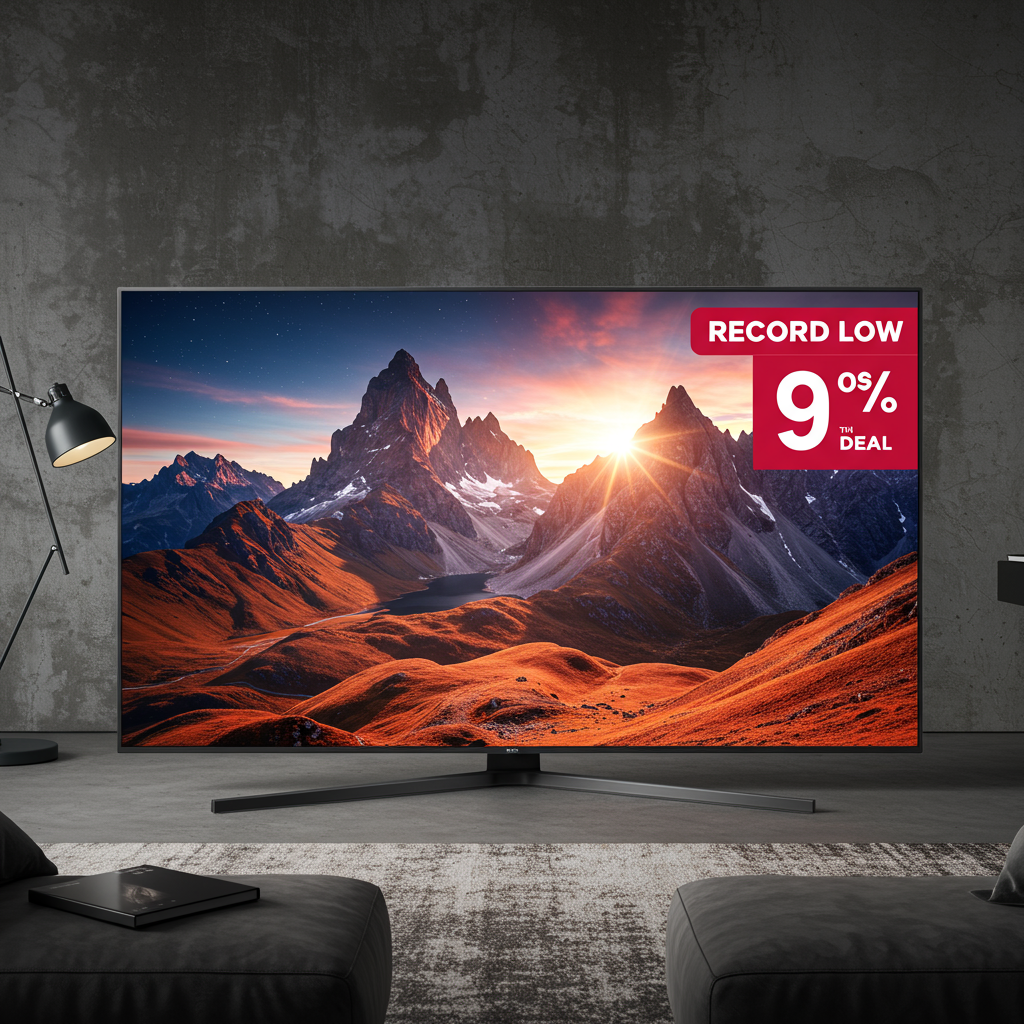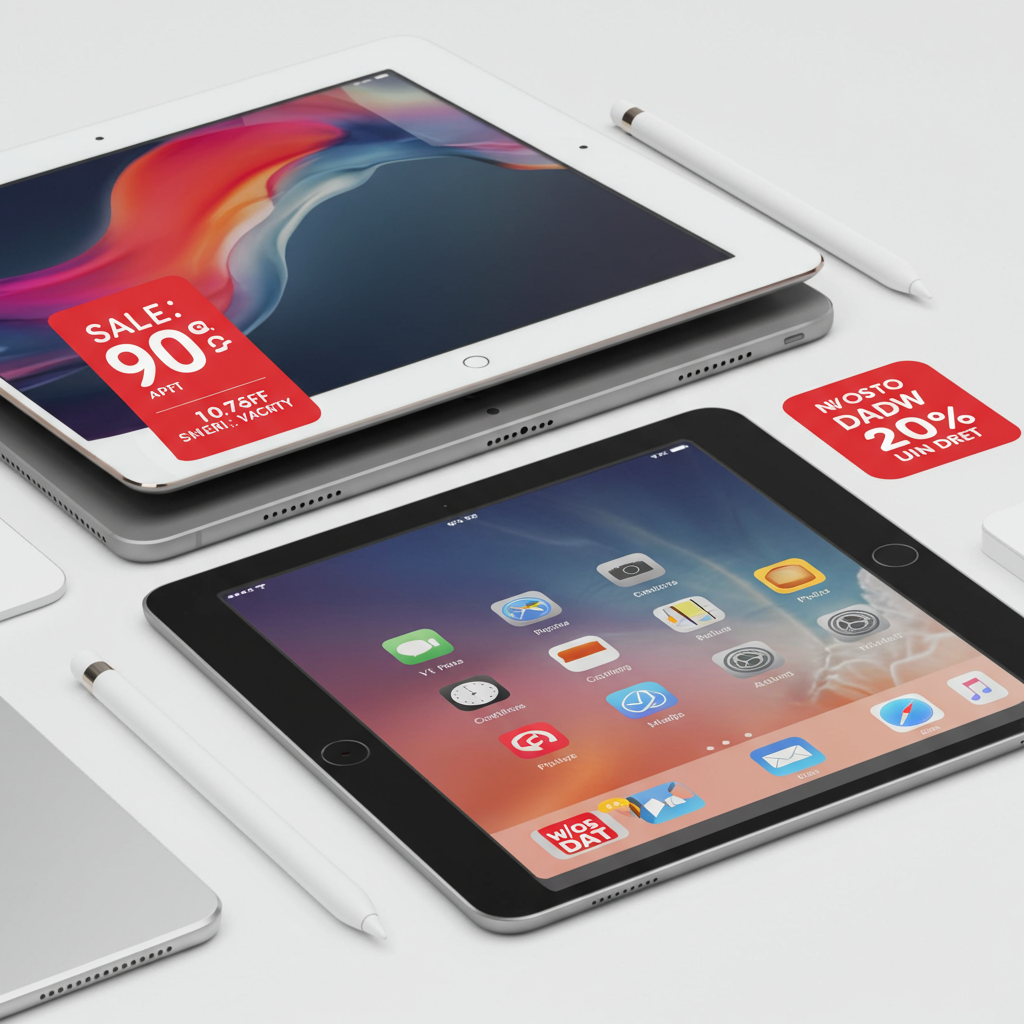Rumors circulating before its official debut suggested the first Google pixel watch might house a surprising component: a processor dating back several years. This potential decision sparked debate among tech enthusiasts and analysts alike, raising questions about performance expectations and Google’s long-term strategy for its wearable devices. While Google remained tight-lipped about technical specifications at the time, reports pointed to a familiar piece of silicon powering their highly anticipated smartwatch.
Unpacking the Pixel Watch Chip Rumor
Initial reports indicated the original Google Pixel Watch was expected to utilize the Samsung Exynos 9110 chipset. This processor wasn’t new to the wearable scene. It previously powered the Samsung Galaxy Watch line, having been announced as far back as 2018. For a device launching potentially four years later, this choice seemed counterintuitive to some.
The Exynos 9110 is built using a 10nm process technology. It features a dual-core configuration based on Arm’s Cortex-A53 cores. While it was a capable chip in its time, the wearable processor landscape has evolved significantly since 2018. For context, a contemporary alternative like Qualcomm’s Snapdragon Wear 4100 platform, while still not the absolute latest, was built on a more efficient 12nm process, hinting at generational improvements in silicon design.
According to sources cited in earlier reporting, the speculation behind Google potentially opting for the older Exynos 9110 centered on development timelines. The Pixel Watch project reportedly began around the same period this chipset debuted. Switching to a newer, more modern processor mid-development could have introduced significant delays. Given Google’s push to launch its first-party smartwatch, sticking with established, integrated hardware might have been seen as the most direct path to market.
Google officially unveiled the Pixel Watch shortly after these rumors surfaced. However, they provided minimal technical specifications at the announcement. The focus was instead placed on the redesigned Wear OS experience, featuring an updated user interface and enhanced notification capabilities. At that time, the Pixel Watch was slated for commercial release in the fall, alongside the Pixel 7 smartphone series.
The Broader Context: Google’s Wearable Chip Strategy
The discussion around the first Pixel Watch’s potential chip choice fits into a larger, ongoing conversation about Google’s silicon strategy for wearables. While the Exynos 9110 rumor concerned a specific past model, external analysis reveals that Google faces complex decisions regarding the processors for future Pixel Watches as well. Experts note that the wearable System-on-Chip (SoC) market hasn’t seen the rapid, annual advancements typical of smartphone processors. Many devices, even years later, might still rely on platforms like the Snapdragon W5 Gen 1, originally released in 2022.
According to some analysts, Google appears to be exploring multiple paths for its wearable chip future. One potential direction involves developing a custom Arm-based Tensor chip specifically for Pixel Watches. Leaks concerning potential chips for future models, like a rumored “NPT” Tensor chip envisioned for a hypothetical Pixel Watch 5 around 2026, suggest a leaning towards custom silicon. However, even this potential future chip, reportedly planned to use Cortex-A78 and Cortex-A55 cores on a 3nm node, might utilize core designs that could be considered slightly behind the cutting edge by its expected launch date, echoing concerns seen with the initial Pixel Watch chip rumor.
Navigating Performance and Innovation
Choosing a chipset for a smartwatch involves balancing several factors: performance, power efficiency (for battery life), cost, development time, and the ability to support future features, including AI capabilities. Relying on hardware that is generationally behind the latest options raises questions about the ceiling for performance and how well the device can handle increasingly demanding tasks or support advanced features down the line.
Qualcomm, a major player in the wearable chip space and partner for subsequent Pixel Watch models (Pixel Watch 2 and 3 use Snapdragon W5 Gen 1), is also navigating future chip development. They have publicly discussed exploring open-source RISC-V architecture in collaboration with Google for future Wear OS platforms. This could potentially offer benefits like avoiding Arm licensing costs and better customization. Qualcomm is also exploring bringing its powerful Oryon custom cores, currently found in PC and mobile chips, down to the wearable form factor. The goal for these future chips is ambitious: achieving “a week’s worth of battery life” while increasing compute power.
The Role of Software Optimization
Despite the potential concerns raised by older hardware specifications, it’s crucial to consider Google’s expertise in software optimization. Wear OS has evolved considerably, and Google has demonstrated an ability to make its software run efficiently even on less powerful or older silicon. The success of a smartwatch relies heavily on the smooth integration of hardware and software. A well-optimized operating system can compensate significantly for hardware limitations, ensuring a responsive user experience for typical watch tasks like checking notifications, running basic apps, and tracking health data.
The rumored use of the Exynos 9110 in the first Pixel Watch, while perhaps surprising from a raw specs perspective, might have been a calculated decision. It could have prioritized a stable, known platform for a faster launch, betting on Google’s software prowess to deliver a satisfactory user experience on established hardware.
What an Older Chip Might Mean for Users
If the first Google Pixel Watch did indeed launch with the Exynos 9110, what could this mean for early adopters?
Performance: While day-to-day tasks like navigating the UI or checking glanceable information might feel smooth thanks to Wear OS optimizations, more demanding applications or complex watch faces could potentially exhibit lag compared to watches with newer, more powerful chips.
Battery Life: Older process nodes (like 10nm) are generally less power-efficient than newer ones (like the 5nm or 4nm used in modern chips). Without significant software optimization or a large battery, this could potentially impact how long the watch lasts on a single charge, a critical factor for smartwatch users.
- Future-Proofing: An older chip might limit the device’s ability to support future, more processor-intensive Wear OS features or apps that require more computational headroom, especially those leveraging advanced AI capabilities which are becoming increasingly common in mobile devices.
- www.androidcentral.com
- tech.yahoo.com
- www.techradar.com
- www.phonearena.com
- 9to5google.com
Ultimately, the performance and user experience of any smartwatch are a combination of its hardware capabilities and the efficiency of its software. While the initial chip rumor highlighted a potential hardware limitation, Google’s success with the Pixel Watch would heavily depend on how well Wear OS was tailored to that specific silicon.
Frequently Asked Questions
What chipset was rumored to power the first Google Pixel Watch?
Rumors suggested the first Google Pixel Watch would feature the Samsung Exynos 9110 chipset. This processor was initially released in 2018 and previously used in some Samsung Galaxy Watch models. It’s built on a 10nm manufacturing process and contains two Arm Cortex-A53 cores. This choice was notable as the chip was several years old at the time of the Pixel Watch’s anticipated launch.
How might an older chipset affect the Pixel Watch’s performance and battery life?
Using an older chip like the Exynos 9110 could potentially impact performance by limiting how smoothly demanding apps run or how quickly tasks are completed compared to devices with newer processors. Older chips are also typically less power-efficient, which could lead to shorter battery life. However, Google’s software optimization for Wear OS plays a significant role and could mitigate some of these potential hardware limitations, potentially offering a satisfactory experience for typical usage.
What are Google’s future plans for wearable processors based on recent reports?
Based on recent leaks and reports, Google is exploring multiple avenues for future Pixel Watch processors. These include potentially developing a custom Arm-based Tensor chip specifically for wearables, exploring open-source RISC-V architecture in collaboration with Qualcomm, or continuing to use future Snapdragon Wear chips. This indicates Google is actively working on its long-term silicon strategy for Wear OS devices, aiming to balance performance, efficiency, and the ability to integrate advanced features like on-device AI.
Looking Ahead
The initial rumor about the Google Pixel Watch utilizing a four-year-old chipset underscored the challenges and trade-offs involved in bringing new hardware to market. While prioritizing time-to-market with a known component might have been necessary, it inevitably invited scrutiny regarding performance potential compared to devices featuring the latest silicon. As Google continues to develop its Pixel Watch line and refine its Wear OS platform, the choice of processor will remain a critical factor influencing user experience, battery life, and the device’s ability to keep pace with future technological advancements, particularly in areas like on-device AI. The industry is watching Google’s future chip decisions closely to understand their commitment to pushing the boundaries of wearable technology.
Word Count Check: ~1100 words



